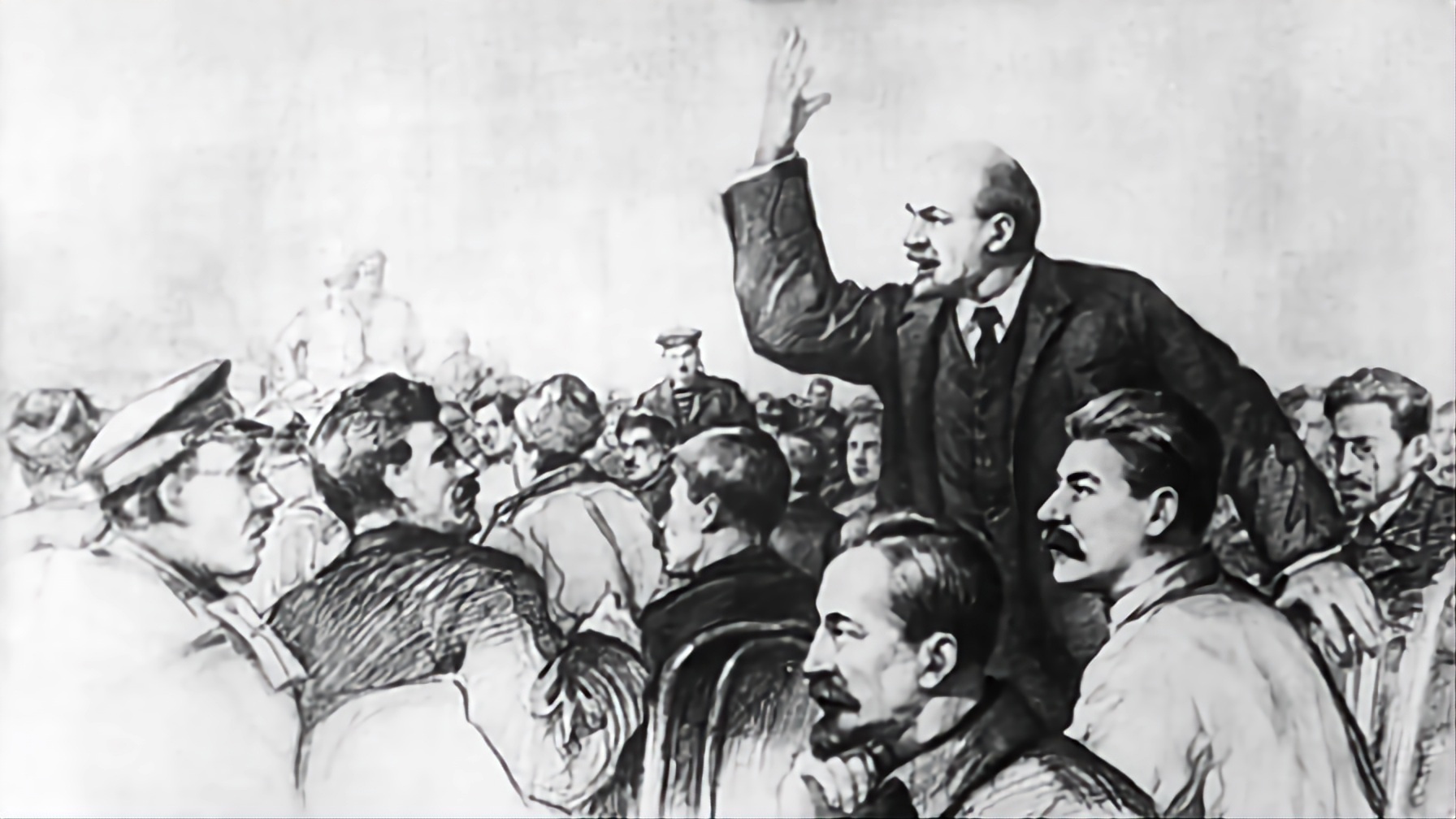My leftist reading group at uni is reading Imperialism in the 21st Century by John Smith. Is my diagram that i quickly drew up a good supplement for it? Also I know in other spaces shit flinging occurs about value created through labor in the west being “more productive,” so more value is created than “unproductive third world labor” vs the inverse of that position; the length of the values in the diagram is arbitrary and constrained for space reasons, not because i think one way or another; but feel free to argue ig. I mean, has anyone read the polemics of Harvey and Smith? They are sassy as fuck and hilarious. Disappointing though to see Harvey to take such a vague and stance on modern imperialism, as well as the dissavowment of China by Smith because of alleged “Stalinism” (lol). I’ll link the first video and four polemics they directed at eachother: “Imperialism: Is it still a relevant concept?”-Harvey “A critique of David Harveys analysis of imperialism”-Smith “David Harvey denies imperialism”-Smith “Realities on the Ground: David Harvey replies to John Smith”-Harvey “Imperialist Realities vs. the Myths of David Harvey”- Smith
Also in the leftist reading club we’re using these as additional sources:
https://monthlyreview.org/2019/03/01/global-commodity-chains-and-the-new-imperialism/ https://www.nature.com/articles/s41467-024-49687-y https://www.sciencedirect.com/science/article/pii/S095937802200005X?via=ihub
Secondly, and more broadly, is the view of stock market bubbles forming due to speculation and the discontinuity between stock price and actual value an accurate assessment? Because of massive price gauging and speculation for textiles, garments, tech, housing, coffee, etc it seems to me like a large portion of many western economies or at least the US economy is sitting on a large bubble across almost all industries, and i’ve heard talks of an oncoming economic disaster from people of all flavors. Could mass tariffs and import restrictions on the global commodity chain bring about the popping of these bubbles?


Cool chart. I really liked the Global Commodity chapter of that book.
The one thing in this chart which isn’t quite clear from what I remember, is that one of the key points is how much the western states end up taking via tarrifs and taxes both on import but also in income and sales taxes. An amount which dwarves the money which stays in the producing country. This, for me, makes the difference between social democracy and socialism.
Sorry, I don’t have any further analysis for you rn
Yeah that’s really the crux of controversy surrounding that topic. I briefly discussed tariffs, social democracy, and concession to western workers funded via super exploitation in LRC (Leftist Reading Club). In the chart i didn’t put much emphasis on tariffs and its contribution to upholding the imperialist state and social democracy. Again, the chart is just representation but i did include tariffs in constant capital of the 2nd section. I didn’t think it would make sense to put cost of tariffs by the surplus value transferred section, because i viewed the tariffs as not directly stemming from surplus value extraction, but as an additional constant cost (which all costs and expenses of a business would be covered by total revenue, whether a portion of the revenue from a sale stems from surplus value, or constant capital is irrelevant because its the aggregate value; the real essence of tariffs relates to the overall exchange value and relation to a commodity, not the relation of the cost of tariffs itself).